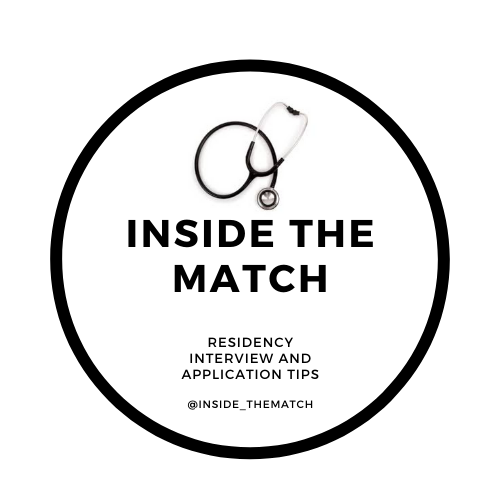Considerations for DO Residency Applicants
Written by Kaitlyn Thomas, DO
Choosing where to apply for residency is incredibly challenging. Adding the challenge of whether a program will accept you as a student from an osteopathic medical school can be even harder, especially if you’re an average applicant or have a red flag.
While I do believe programs are becoming more accepting every year, if you’re not sure that you want to be the trailblazing “first” in a program or want to know how to identify programs that you may need to work harder at to get into, here are some tips that I’ve picked up.
Programs that are historically AOA accredited before ACGME single accreditation: https://osteopathic.org/wp-content/uploads/2018/02/single-gme-transitioned-programs-opportunities.pdf. This list can help you identify programs that have historically been DO friendly. Even if they haven’t had a DO in their classes in a year or two, that doesn’t mean they are suddenly DO unfriendly.
1. Go to a program’s website and see if they have any DOs in their classes.
Some programs don’t list a resident’s degree or school, which doesn’t make this a fully utilizable suggestion. Some programs also list all their residents as “MD” but if you read what schools some of them are from, some of them are from DO schools.
2. Program websites are sometimes explicit about the requirements they have for residents.
Here I show an example from a program website where I would be less hopeful that they might accept an osteopathic applicant.
Other programs will say must have attended an “LCME” (MD School) or “AOA” or “COCA accredited” school (DO School). If they list both then you may be more likely to get an interview. They may also say they accept both USMLE and COMLEX.
3. Flag on the Play: COMLEX vs USMLE cut-offs.
If a program reports a low USMLE score as a cut-off, but a rather high COMLEX score as their cut-off, then that’s something to take note of. Some applicants may not care because their USMLE score is above that USMLE cut-off. I would call it indicative, however, of an extra hurdle that osteopathic applicants must cross to get in.
4. Look at programs that have taken students from your school before
Most schools will report programs that they have matched students to in the past and this can be a starting point for your residency application list.
Ultimately, you must do what is best for you and your career aspirations. Every applicant is different, and everyone’s goals are different. Some people won’t mind applying to any program regardless of their chances because it’s their dream and they believe their application can get them in the door, and others will want to consider these things. No approach is wrong in deciding your future. You must also remember your personal goals and needs from a program. These tips should certainly not be your only consideration.


